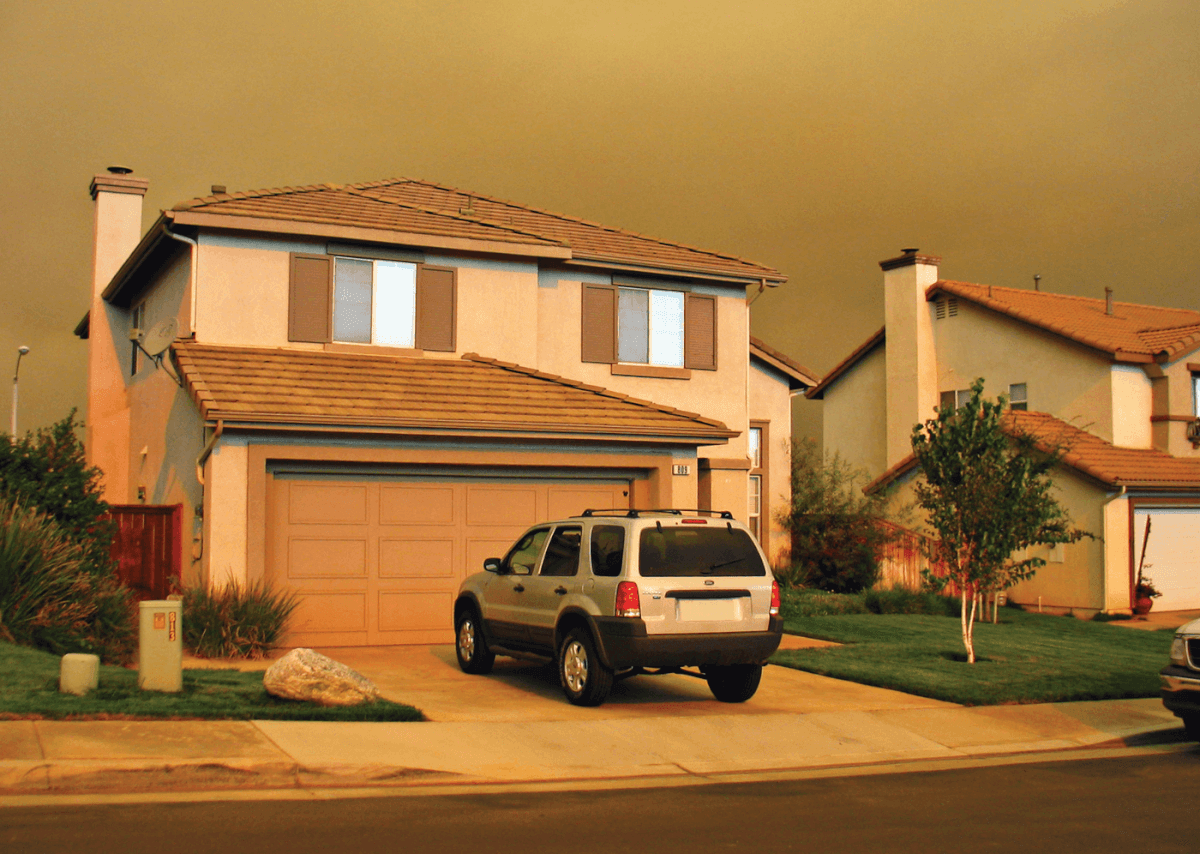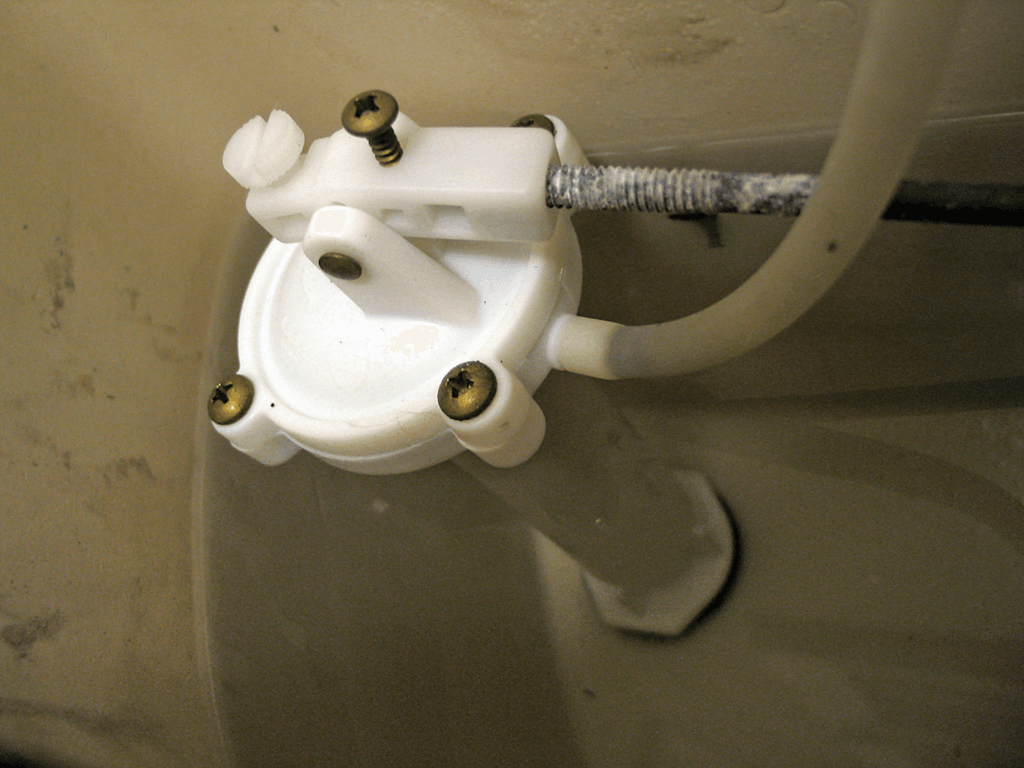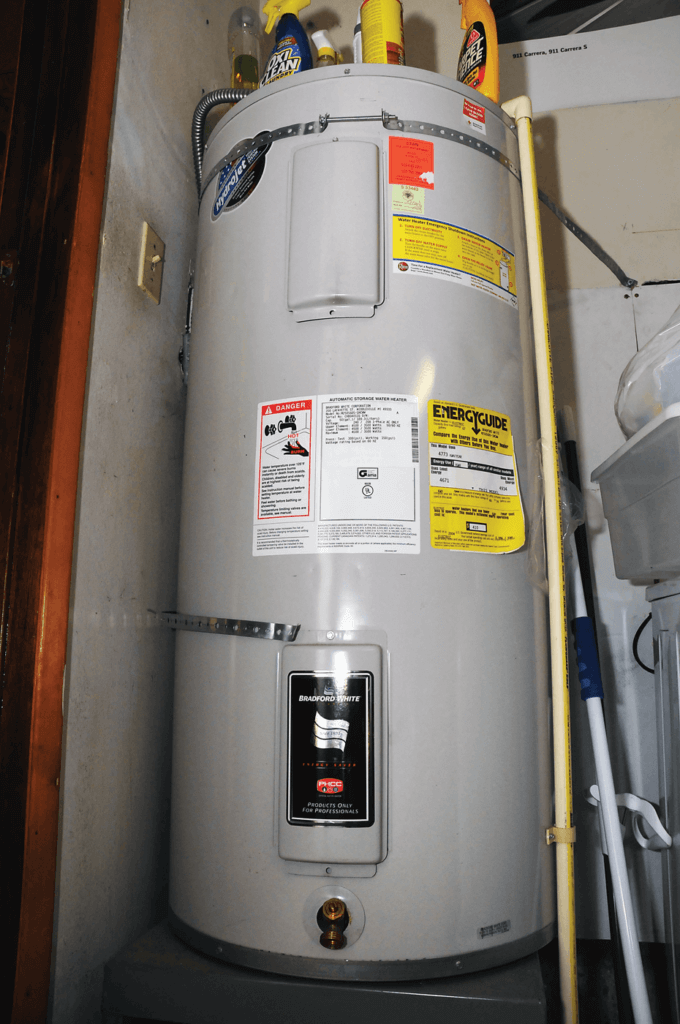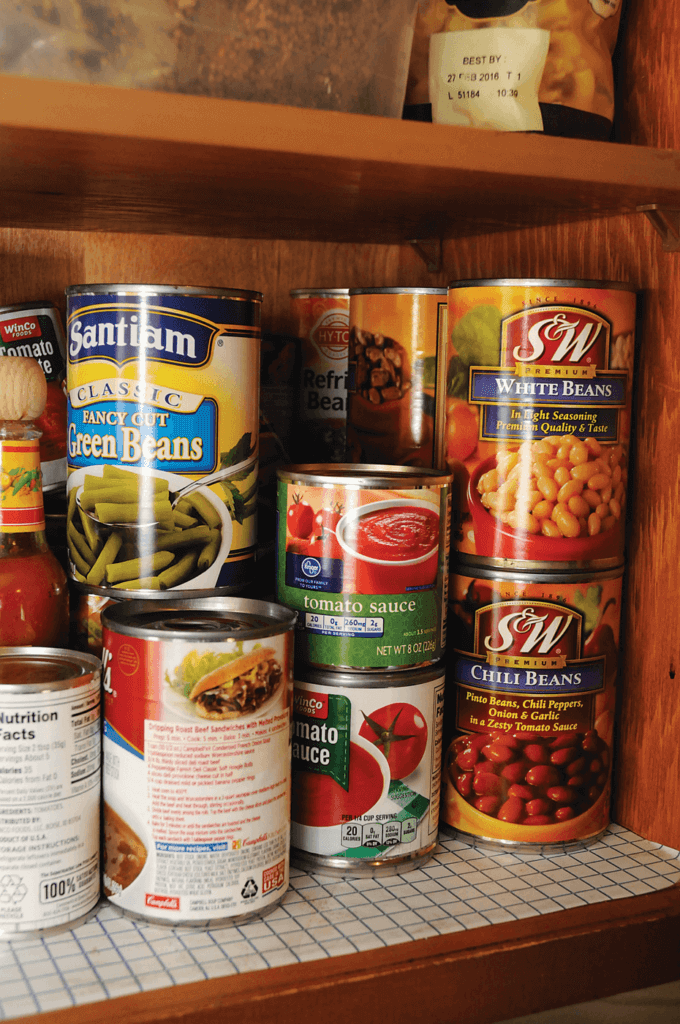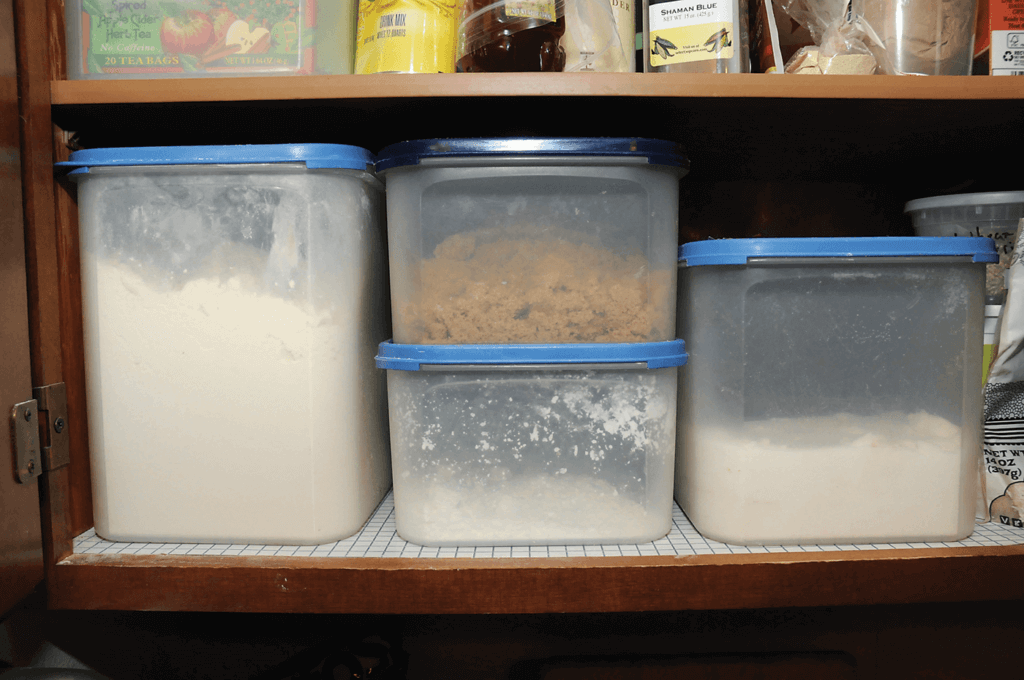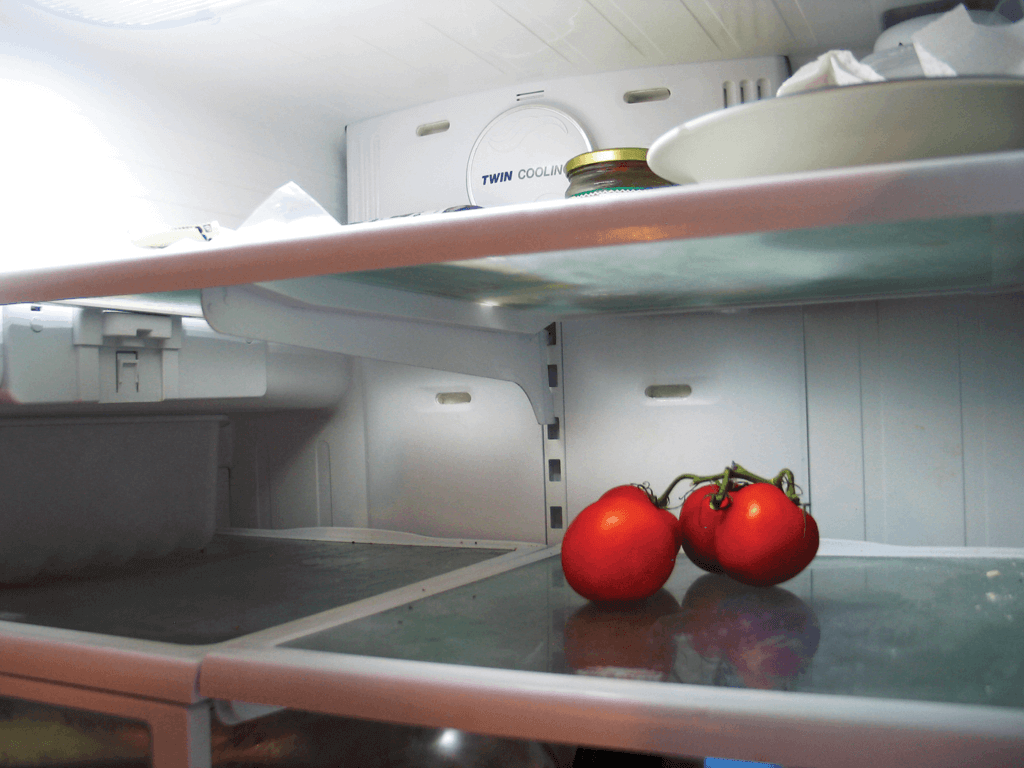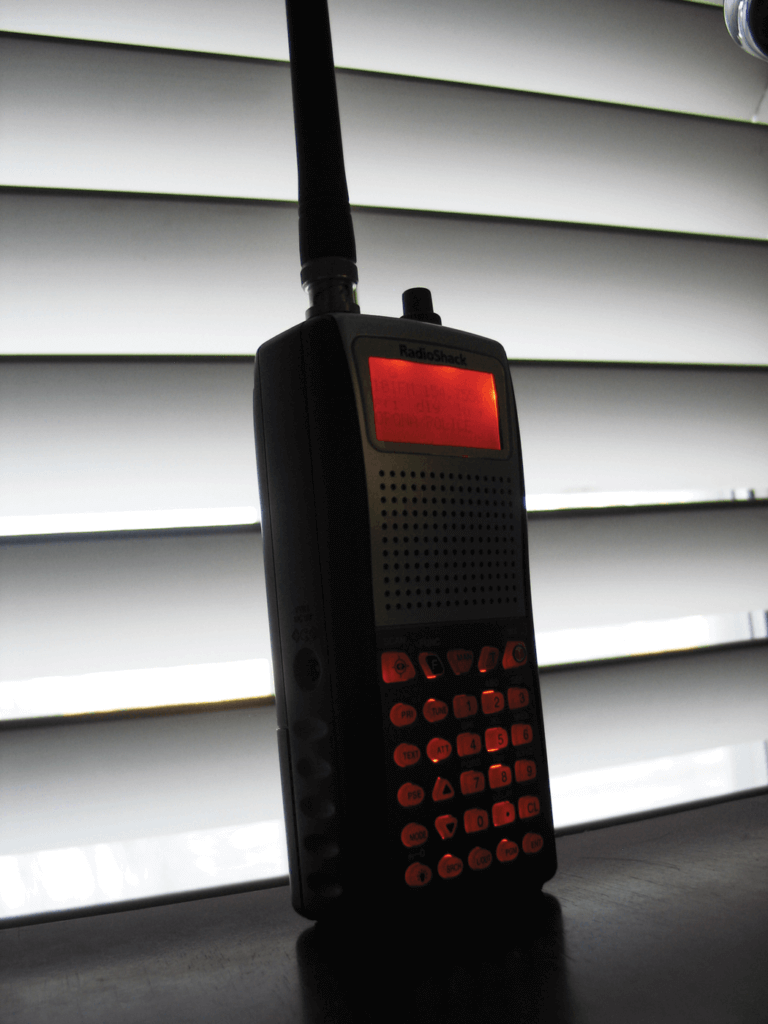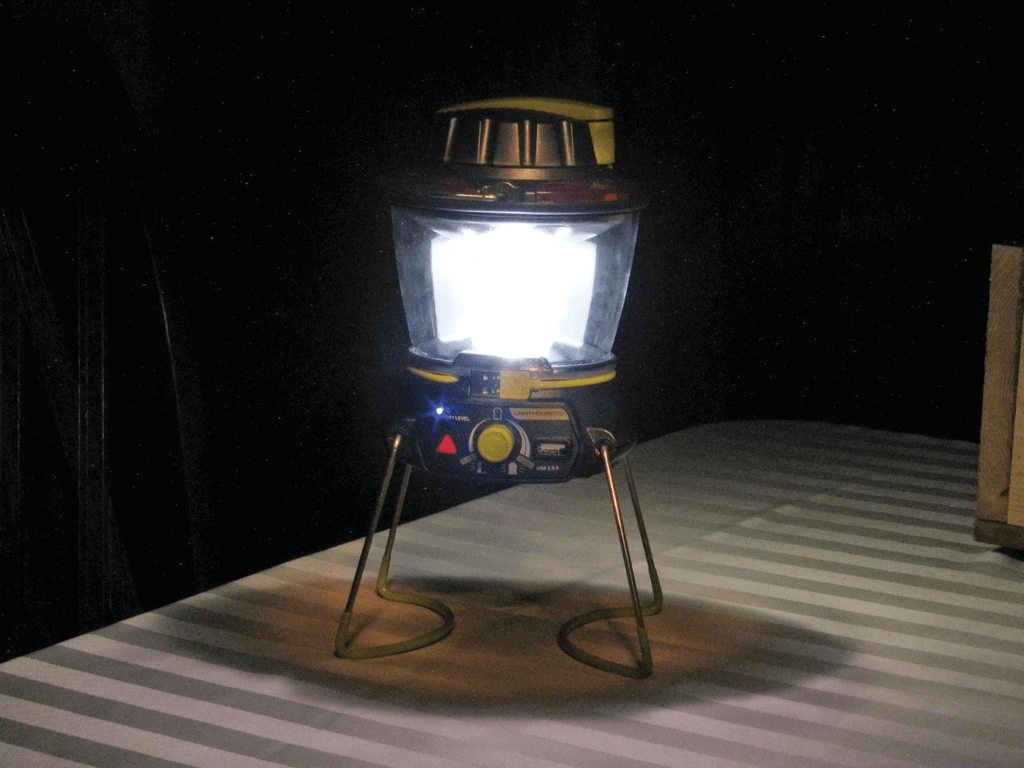It doesn’t matter what the situation is—a mushroom cloud, a fog of toxic bromine, or an improbable uprising of the undead—you’ve been warned not to go outside your house. Perhaps the authorities have insisted at gunpoint; it doesn’t even have to be a day of reckoning.
On April 19, 2013, for approximately 12 hours, a “stay-in-place” order was given to the greater Boston area in response to the manhunt for the Boston Marathon bombers. The end result is that you’re in lockdown. Odds are good that you don’t know why, you don’t know for how long, and, in extreme circumstances of failure of services like power and cell coverage, you don’t have any way of finding out. You’ll have to make do with what you have on hand and leave the rest up to your skills and resources.
Each region of the country experiences its own set of difficulties. The Gulf Coast and Florida have the market cornered on hurricanes. The northeast is wracked with snow and blizzards. The west frequently sees droughts and earthquakes. When a particular region sees a natural disaster that’s relatively uncommon for the area, people are rightfully shaken up by it.
Equally, most are woefully prepared for it as well. In 1993, a freak winter storm slammed into Alabama, dumping nearly six inches of snow and ice that paralyzed the region. People were literally stuck in their homes without services for up to four days. Most were not prepared for it because they didn’t see it coming; they had never needed to face such an occurrence, so they had no resources or stores in place.
In an article called “Stop Being a Pretentious Disaster Snob”, Dennis Mersereau writes: “Throw a tornado at San Franciscans or trigger an earthquake in Birmingham, and the residents of each city will lose their collective minds. People who aren’t used to non-native disasters are going to react differently from you.”
Could you and yours last for four days in your house, cut off from any and all contact with the outside? Think about what is in your pantry, what’s left in your fridge (that’s getting warmer) and the tools in your garage that might help you. If your cupboards are bare, four days can be a really long time, especially if you add to it the stress of the unknown and perhaps the panicked anxiety that can strike your neighborhood right outside your door.
For most people who prepare for a crisis, the assumption is that the best place to be will be far away from home. That’s because most of us live in an urban or suburban environment, and when things go wrong, we know that most cities have at best a three-day supply of food on the shelves. The clean water we expect when we turn on the tap could go out as quickly as the lights.
So, we create an escape plan, but there are many reasons why this kind of escape plan just might not be practical. Not everyone can afford a well-prepped cabin in the hinter regions and/or the means to get there. Plus, even the best-prepped person may find that their escape route is suddenly unavailable. What then if the main part of your plan is thwarted by a collapsed bridge or an unruly mob blocking the only road out of town? When things are dire and you are forced to stay put in your house (or if you are physically not allowed to leave), how will you survive? The answers are different if you’re talking about a day, a week, or a month, but the fundamentals are the same.
WATER IS LIFE

Imagine that something has happened and you need to hunker down inside your home and survive for a month. The power, water, and gas are all out. What you have to live on is what’s in the house with you.
Let’s get the obvious stuff hashed out first. You need food and water sufficient to keep you going as long as necessary. The U.S. Institute of Medicine suggests that adult women consume 91 ounces of water each day (almost ¾ of a gallon), and adult men should plan on 125 ounces, or almost a gallon a day. Obviously, it’s possible to survive on less, but a family of four could justify 50-60 gallon jugs of drinking water in safe household storage.
TIP: Use individual sealed gallon jugs instead of a big tank to reduce the chance of losing your entire water supply due to contamination. Also, you can buy the jugs a few at a time, saving a big hit to your budget.
Obviously, you won’t be taking bubble baths if you’re relying on stored water to drink, but one thing you can do as soon as it’s apparent that you’ll be staying put is to fill your bathtub and any trash cans or buckets that will hold water. Turn on the taps and fill up whatever you can until the water runs dry.
In a pinch, the water in the top tank of a toilet is usually clean, provided you haven’t put any of those dissolving chemical tablets in there. You can purify water by boiling it at a full rolling boil for one minute, or put ¼-teaspoon of plain unscented bleach in per gallon and mix thoroughly. Let the bleached water stand for an hour before you drink it.
TIP: There are about 30 to 50 gallons of drinkable water in an average home water heater, and a drain spigot at the bottom.
WHAT WILL YOU EAT?
The next thing to consider is food storage. How long could you live in your home on the food you have stored? Remember that the electricity could be out for extended periods, so anything in the fridge is going to have to be eaten first, and then anything in the freezer. Having a whole side of beef in a freezer in the garage won’t help you at the end of two weeks in the summer without power.
For long-term survival, canned food is your best bet. It will help provide some of your water and salt needs. You can also buy room-temperature shelf-stable milk that will keep for up to six months. The Institute of Medicine says that about 20 percent of your water intake can come from your food, and you need about 3.8 grams of salt to replace what your body sweats out normally. With canned food, you’ll get all that and more.
TIP: Use a Sharpie and write the date of purchase on every item. Then cycle through your stock. Pick your oldest cans to make your dinners, and replace them with new cans. This naturally replenishes your stock and you’ll know how long your supply will last under normal usage.
The best thing is that this is far cheaper than buying boxes of prepared camp food or MREs. Those are for when you have to carry your food on your back. Plus, you can eat from your canned stock regularly to keep it fresh—or to make your money stretch a little farther between paychecks.
TIP: Make sure you have a manual can opener, a corkscrew, and a knife sharpener.
HOW WILL YOU COOK?
Cooking without electricity or natural gas service generally means using a camp stove. These are inexpensive on Craigslist and can run on bottled propane or white gas. In a pinch, you can use your backyard propane grill, but always use it outside because it burns a lot of oxygen and creates a lot of carbon monoxide. Some homes may have a woodburning stove for heat, and these can often be used for cooking as well, if it’s safe to light a fire.
Advanced preparers may purchase RV/Car camping appliances that plug into the 12-volt outlets in a car. If you can safely run your car, there are heating elements, hot pots, and coffeemakers that use 12volt power.
If you have the means to cook in your home without electricity or natural gas service, you can stock up on appropriate staple ingredients. Flour, rice, sugar, yeast, dried pasta, dried beans and peas, and dried vegetables can all be stored compactly. If you don’t know how to cook using staples, get started today. It’s fun and you’ll start eating better right away.
KEEP YOURSELF CLEAN
So we have imagined a situation where you’re stuck in your house for a month, with a fixed supply of water and food. Your next challenge is to keep clean and dispose of wastes. If it’s not safe to go outside, this can prove to be your greatest challenge. If it’s not safe out of doors, even allowing a pile of garbage bags to stack up under your back window could be a risk.
If you have a supply of water that you don’t need or can’t use for drinking and cooking, such as a rain barrel or pond, you can flush any toilet with a gallon or two of water. Just pour it in the bowl fast enough to make the flushing action work. The system relies on gravity, not water pressure.
If you cannot flush your toilets, things will be a little less pleasant. Get a 5-gallon bucket with a tight-sealing lid from the home supply store. You can get a toilet seat that attaches to one of these buckets from a camping supply store. If you line the bucket with a plastic trash bag, use two bags. You really don’t want a spill.
You will still need to maintain hygiene to keep yourself healthy. Budget some of your clean water for brushing your teeth and washing your face and hands. Washing your hair is a lower priority, and your clothes, lower yet. The good news is you probably won’t be doing enough physical activity to get really dirty.
KEEP YOURSELF WARM OR COOL
Depending on the time of year and where you live, surviving without power or gas could be dangerous because of excessive heat or cold. Either extreme can be life threatening. If it’s cold, make sure you have enough blankets and clothing to stay warm. If your house has a wood burning stove, that’s great as long as your supply of wood holds out. You also have to ask yourself if it’s safe to have smoke trailing up from your chimney.
If it’s hot, find a place in your home that naturally stays cool—basements are often best for this. A hand fan and limited clothing can also help. If it’s safe to open your windows, open them at night when it’s cooler outside than in your house, and then close them again in the morning and close the blinds and draw the drapes. That will help trap cool air in the house for the day.
DON’T GO CRAZY

The unexpected hard thing about being shut into your home for an extended period of time is that it’s boring. Especially if the power is out and there’s no TV or movies, no Internet, no games, and no light in the evening. If you are not alone, things won’t be so bad, but cabin fever is real. Make sure that your house has a good supply of books, handiwork projects, and other ways to pass the time. A self-powered or battery-operated radio is an indispensable tool for getting news about conditions outside your immediate area and maintaining your sanity.
FIRST AID AND MEDICINES
Your home should have a well-stocked first aid kit in any case, but it’s critically important if you’re hunkered down. Especially if you’re cooking on a camp stove, you may end up cutting or burning yourself, and you may not be able to get to medical facilities. Your first aid kit should include a wide array of bandages and tools. OSHA, the Red Cross, the Mayo Clinic, and REI all have lists of items to include, and you can order all kinds of complete kits online.
TIP: Get a bottle of contact lens saline solution for rinsing eyes. It keeps for years and works better than drinking water for flushing chemicals or particulate material out of eyes.
While you’re thinking about first aid, be sure you also think about prescription medicines and other such supplies. If someone in your household depends on a particular prescription or over-the-counter medication, make sure you always keep at least a spare month’s supply on hand. Don’t forget contraceptives, if you use them.
KEEP YOURSELF SECURE
If you’re in lockdown in your home, there has to be a reason. If it’s not safe to go outside, then it’s also not safe to advertise your presence. Keep that in mind as you make your preparations and all your home maintenance decisions. Do your curtains completely cover your windows and block all light? They should do both, and they should be kept closed for as much time as security demands.
Is your door strong? Steel fire doors and deadbolts aren’t completely secure, but simply being difficult to break open is a benefit. The same is true with windows. Did you know that you can purchase doublepane windows with an extra-heavy layer of glass on the outer face? This is both harder to break and really cuts down on noise in both directions.
TIP: If the electricity is still on, alarm system signs and decals may deter potential looters, even if you have no actual alarm.
The rest is simply more common sense—if you wish to appear as though no one is home, don’t let smoke or steam come out of your chimneys or stove ventilator. Keep lights, lamps and candles low or off, keep quiet, and find a good place to stash your trash and waste materials.
THE BOTTOM LINE
Your home is actually one of the best places to be if you need to survive for an extended period of time. Preparing your home for survival is much easier than preparing and maintaining a remote site, and your home is likely to be closer to friends, family, and sources of help than other locations. The bottom line is, you know your own place better than anyone, all your stuff is already there, and if you can truly lay low, it’s just a matter of waiting out the problem.
Editor’s note: A version of this article first appeared in the December 2014 print issue of American Survival Guide.


